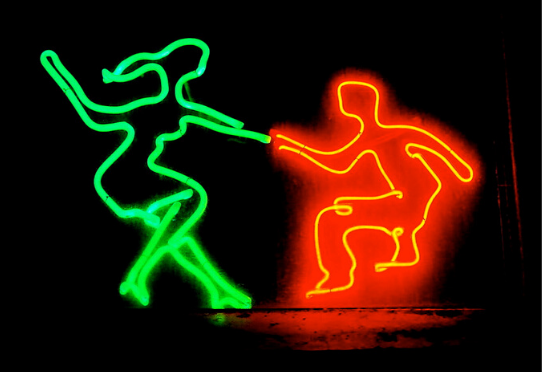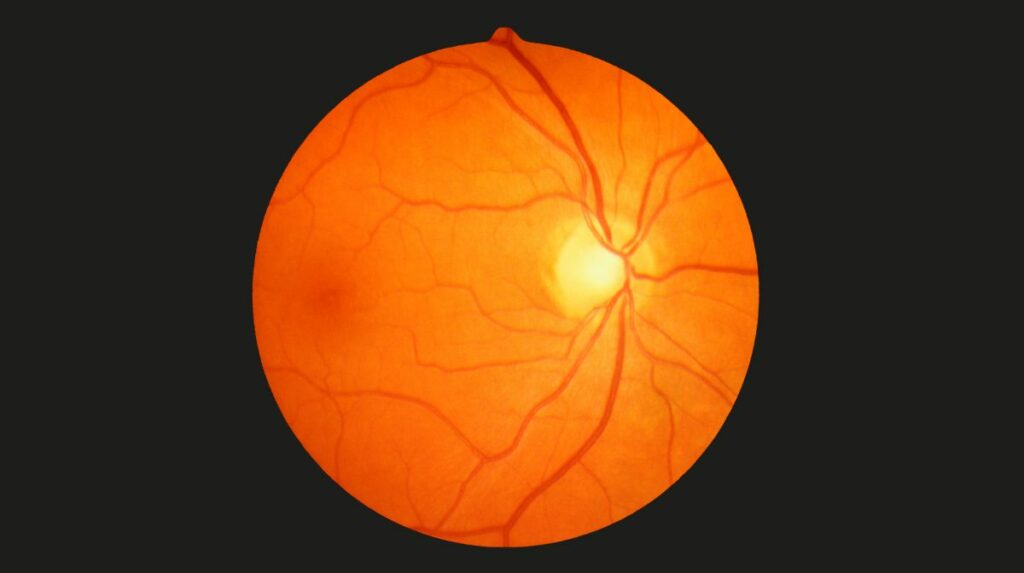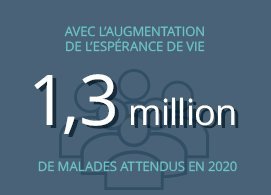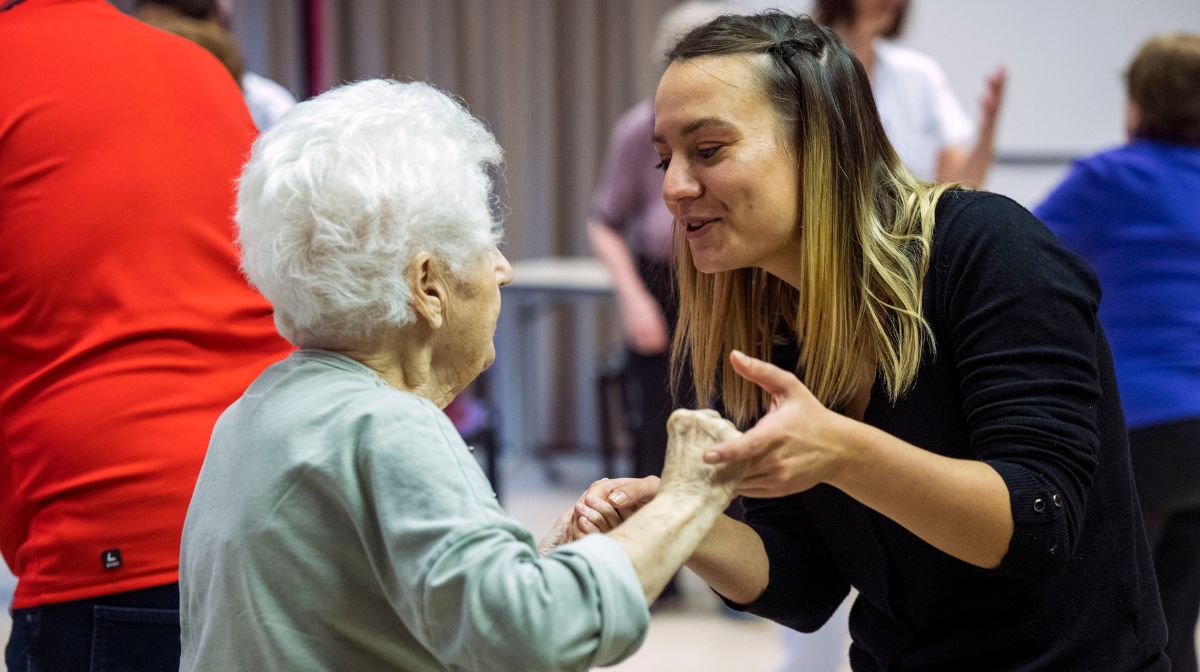
And one, two, three and four… In this report we take you dancing the tango. But not just any tango: therapeutic tango. Visit the geriatric hospital center in Albigny-sur-Saône, north of Lyon, where around twenty residents prepare for dance under the guidance of an accordionist and a professional dancer.
“ Tango is the dance that comes closest to natural walking “, he explains to us straight away. That’s why it’s particularly suitable for an older audience. Through regular practice, people with Alzheimer’s disease can relearn simple but forgotten gestures: rocking from one foot to the other, turning around, walking backwards, etc. In addition to improving motor skills, therapeutic tango stimulates memory and promotes contact with others and increases the overall quality of life. France Mourey’s research team was able to demonstrate this many positive effects by measuring residents’ skills before and after three months of therapeutic tango workshops. Come, stretch your head as far forward as possible and let this rhythm from Argentina guide you!
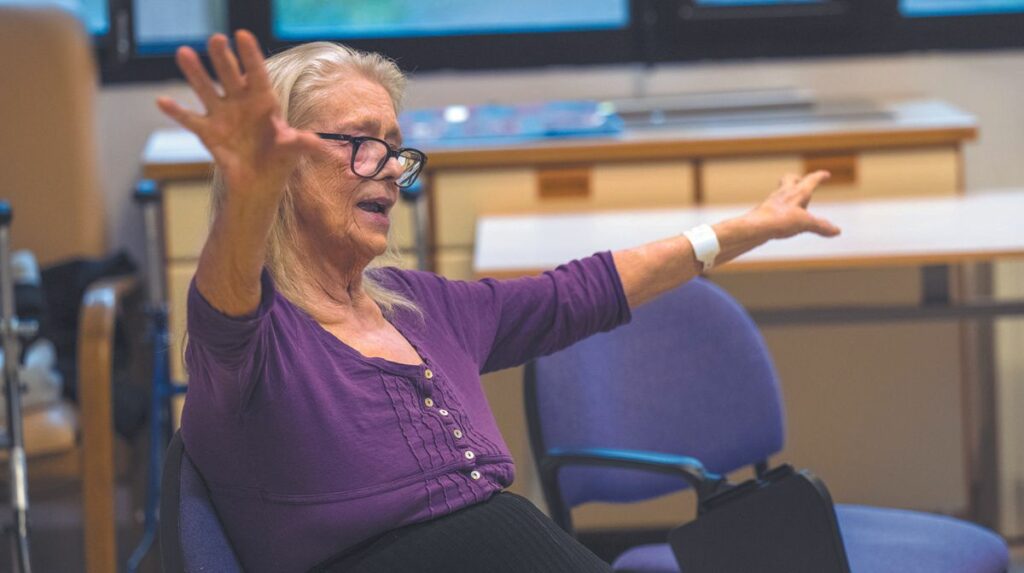
To warm up, residents are first invited to sing “The Most Beautiful Tango in the World” by Tino Rossi. “ I adore ! This is joy » shouts resident Mariane Le Cosquino.
The musician Patrick Bullier accompanies her on the accordion. From the first notes, some stand up to sing. “ It’s the sharing in music, we manage to create such emotions. »
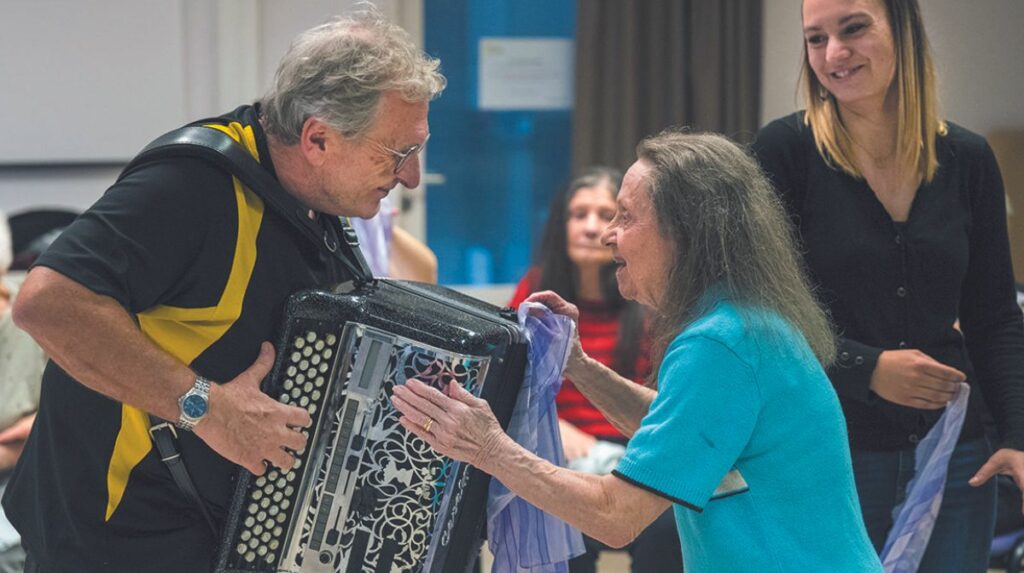
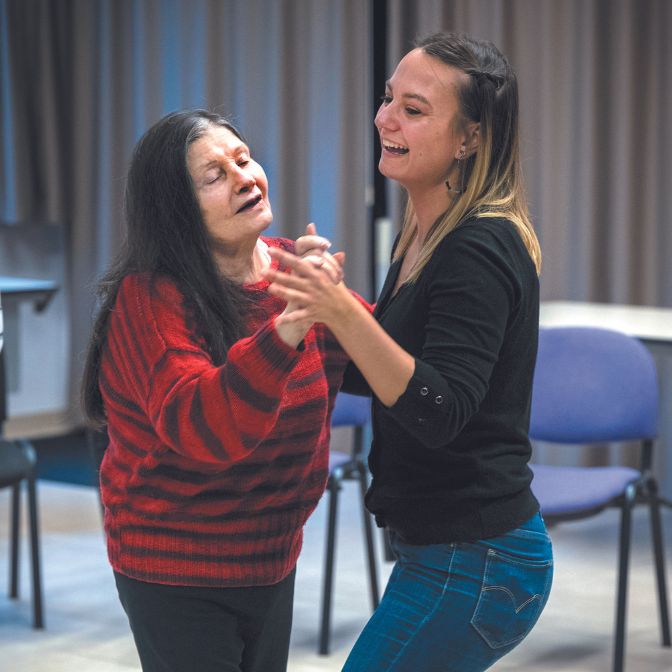
“ Therapeutic tango helps to re-establish contact with the residents, we rediscover them. For some of them it was a revelation », tells us Jaël Gelay, psychomotor therapist (right).
Tango is above all a dance that invites contact. “ We have residents who no longer look at anyone, who end up looking for others to dance with », welcomes the very committed team of supervisors.
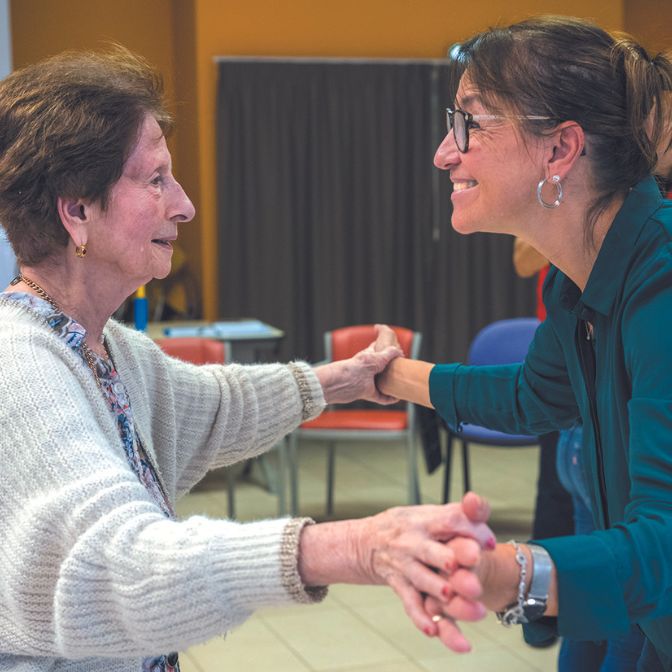
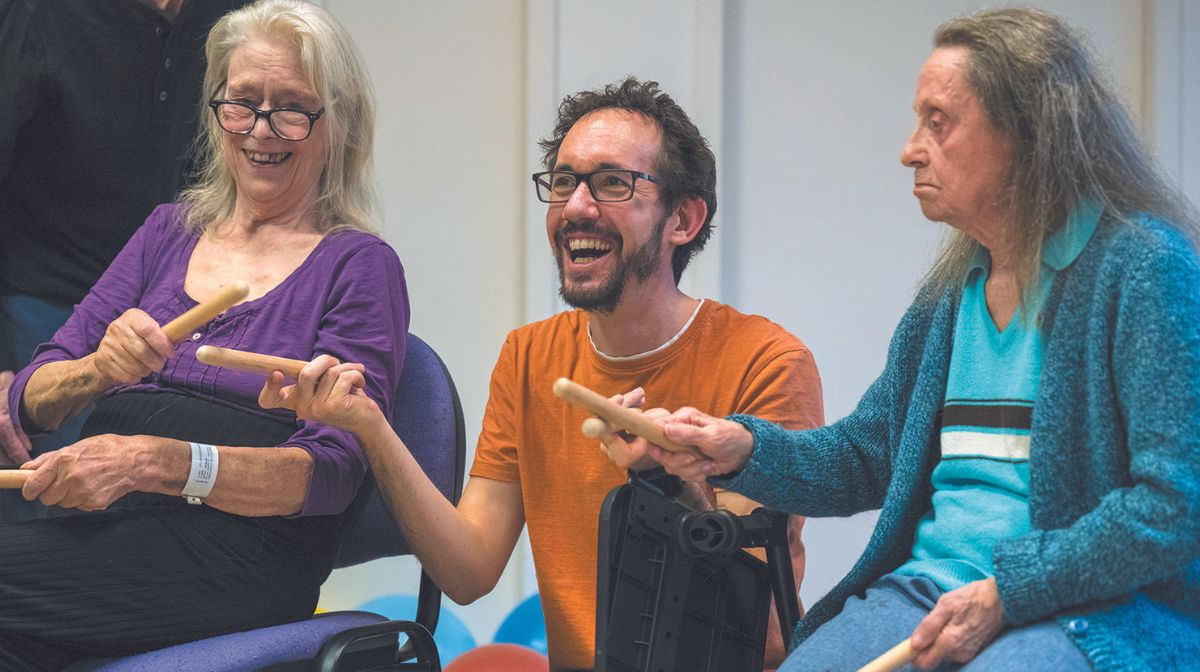
If you want, you can also tap along to the cadence with percussion instruments. A way to regain the sense of rhythm. In the middle, Renaud Jamet, advanced practice nurse, sets the pace.
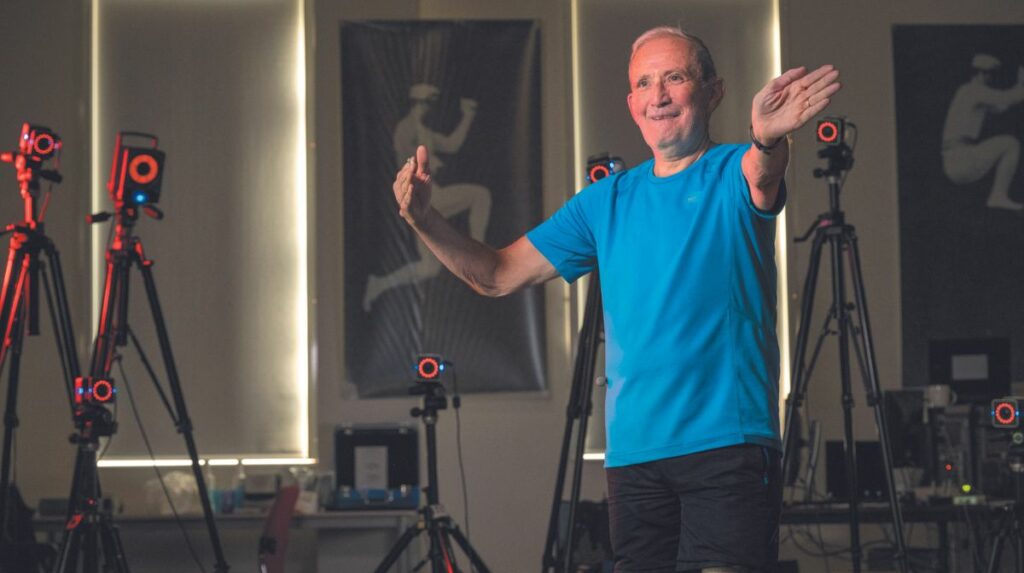
The research component is carried out in Dijon. At the heart of the CAPS lab, volunteers like Pascal Godon are asked to perform a series of movements that are recorded.
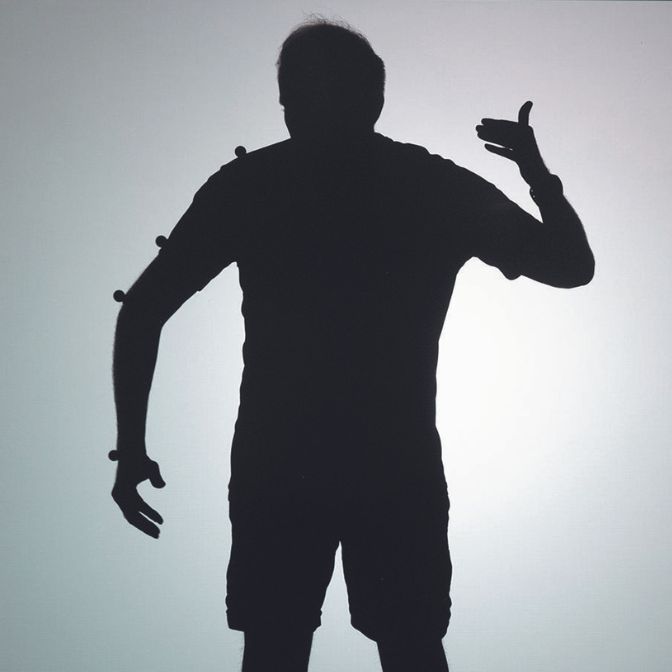
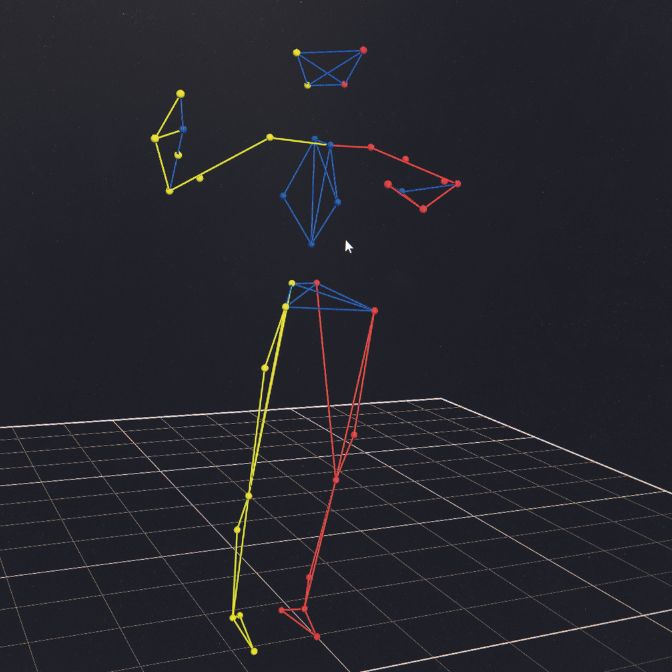
Muscle electrical activity and movement characteristics are measured using reflective ball sensors attached to the volunteer’s arms and infrared cameras. The volunteer’s movements are reconstructed on the computer. The aim of this research is to decipher the mechanisms of movement and the influence of aging on them ultimatelyto understand how tango music can influence them.

Almost forty senior citizens’ facilities have introduced tango therapy: in the context of neurodegenerative diseases, it represents an alternative or supplement to pharmacological treatments.
France Mourey is a researcher in the department Action cognition and sensorimotor plasticity (CAPS, Unit 1093 Insert/University of Burgundy) in Dijon.
Photos: Inserm/François Guénet
Author: LA
A report in Inserm Magazine No. 59
also read
